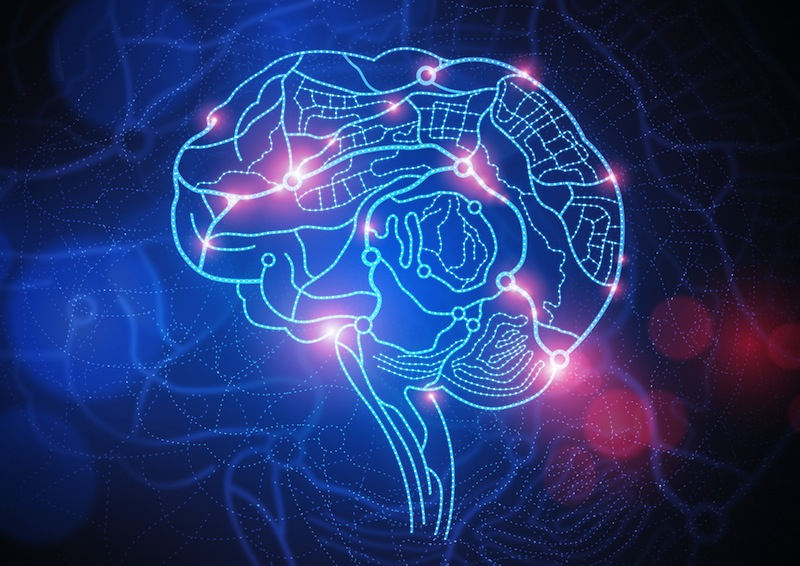
Essentially that my conscious perception of the color red and association with an apple may vary in personal perspective – that which I see as red very well may be my perception of green through the eyes of another individual.
As they perceive this color or the taste of “sour” or the scent of flowers could be exactly opposite of my personal perception, and without literally implanting my conscious mind into a different person, I would never know.
In deliberation with myself over many years on the topic of consciousness, I’ve come up with many such theories which could explain various aspects of our interaction with world and individualist preference.
In fact, I’ve even written a speculative article pertaining to the potential that quantum theory may even be used to explain what the concept of “consciousness” is, in a spiritual and physical sense.
In this article, though, I would like to focus more on the physical sense of consciousness, or the waking mind, and how our neuron network and the connections therein have helped us further understand the function of our brains, as well as the importance of cortical integration (multimodal inputs, or more easily described as superimposed data from varying stimuli, scents, tastes, and vision, simultaneously).
I once wrote an article regarding the scientific side of near-death experiences, in which I mentioned a region of our brain referred to as the temporoparietal junction, or the region of the brain which assembles data collected from the body’s senses and organs in order to form conscious perception as we know it.
Recent studies conducted by Enzo Taggliazucchi and his team utilize an fMRI (functional magnetic resonance imaging) to track blood flow and neuron transmission through the brain as it feeds data to the temporoparietal junction.
In watching the results of this experiment, it was deemed reasonable to use an analogy of roadways through a city to describe what they’ve been discovering. The result of the studies relates the neuron pathways in our brains to these roadways and our consciousness to the city, where cars are the neurons traveling along the streets.
It was observed that in a conscious individual, the cars all explored various streets and stopped at various locations, as if every individual neuron, or driver of the vehicle, was trying to draw an accurate map of the neural cortex.
It was even observed that wide-awake people reached what was referred to during this study as a “critical state,” in which the neuronal paths were optimized for efficiency and exploring the most “streets” before arriving at the intended destination to “write data” to the temporoparietal junction.
This allowed for the junction to receive a full map from all of the neurons in the quickest timeframe possible, allowing for a more accurate depiction of events. Conversely, unconscious persons’ neuron paths follow much more simplified routes, and the “map” of the city is significantly less developed and informative.
Taggliazucchi speculates that in further grasping the appropriate efficiency factors and how they correlate with different individuals’ thought process and conscious perception of the world around them, various medical advancements can be made in neurological science.
It has even been stated that researchers on this team have high hopes that with a better understanding of the critical state of full consciousness, we may even be able to stimulate the appropriate pathways and direct neurons effectively to instantaneously awaken comatose patients.
Furthermore, this study and the results found therein actually compliment the perspectives described, theoretically, in the two other aforementioned articles regarding quantum theories’ association with human consciousness and the potential scientific explanation of near-death experiences as handled by the temporoparietal junction.
Needless to say, this study has helped us understand human interaction with our surroundings and with ourselves and may also help advance medicine to a higher extreme, possibly even allowing for changing the way people perceive the world around them in an individualist perspective. Such an exciting notion!